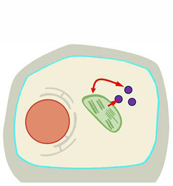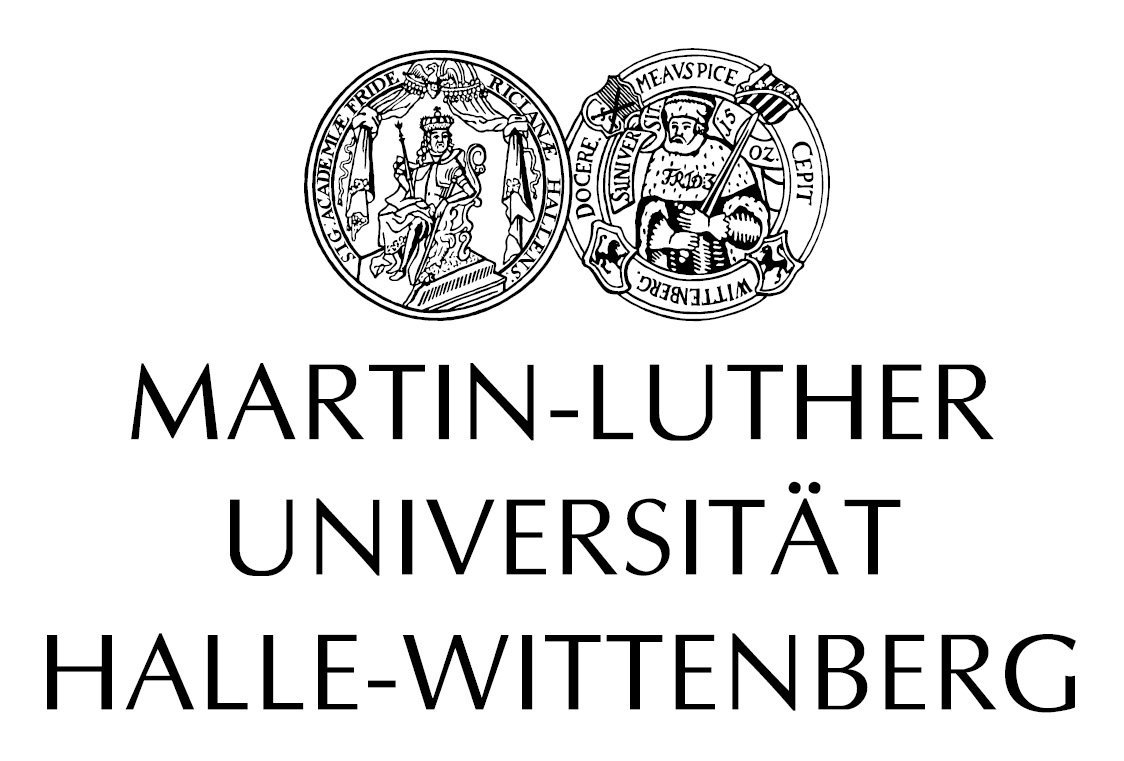P06//

Distribution and dynamics of calcium and manganese in plant organelles
Project Leader// Prof. Dr. Edgar Peiter
Martin-Luther-University Halle-Wittenberg
Institute of Agricultural and Nutritional Sciences
Plant Nutrition
Diverse cellular membranes and organelles are functionally linked by vesicular compartments, such as the Golgi apparatus, The Trans-Golgi Network, and endosomes. Intriguingly, this also involves chloroplast proteins, a number of which are routed from the Golgi apparatus to the chloroplast and require N- glycosylation that takes place in the Golgi. In animals, many vesicular interactions are regulated by local rises of cytosolic free calcium ([Ca2+]cyt), which activate Ca2+-binding proteins. These [Ca2+]cyt rises are often generated by Ca2+ release from the vesicles themselves. Within the vesicles, Ca2+ also regulates the modification of protein cargo. Hence, mutants defective in vesicular Ca2+ transport are aberrant in organellar communication and in the trafficking of proteins and membranes. In addition, vesicular compartments are a major contributor to global [Ca2+]cyt homeostasis of the cell and thereby interfere with Ca2+-dependent signalling networks that coordinate many cellular functions. All these roles of vesicular Ca2+ are poorly understood in plants, and completely obscure for Golgi-to-chloroplast traffic. Based on our recent identification of various organellar cation transporters as well as our tools to determine Ca2+ concentrations on the subcellular scale, this project will analyse Ca2+ dynamics in vesicular compartments, the transport proteins that regulate them, and the relevance of vesicular Ca2+ homeostasis for the function of these compartments and their interaction with plastids. A number of vesicular transport proteins which we have recently uncovered and which we expect to be of elemental importance in these processes will be functionally characterized for their localization, expression pattern, and substrate spectrum. T-DNA or genome-edited mutant plants for those genes will be subject to phenotypical analyses. To determine concentrations of free Ca2+ in cellular compartments and their regulation by those transporters, genetically encoded Ca2+ indicators fused to organelle-specific proteins will be employed. The relevance of Ca2+– mediated vesicular trafficking for chloroplast protein import will be elucidated by analysing the abundance and glycosylation pattern of chloroplast proteins in mutants altered in vesicular Ca2+ homeostasis.


